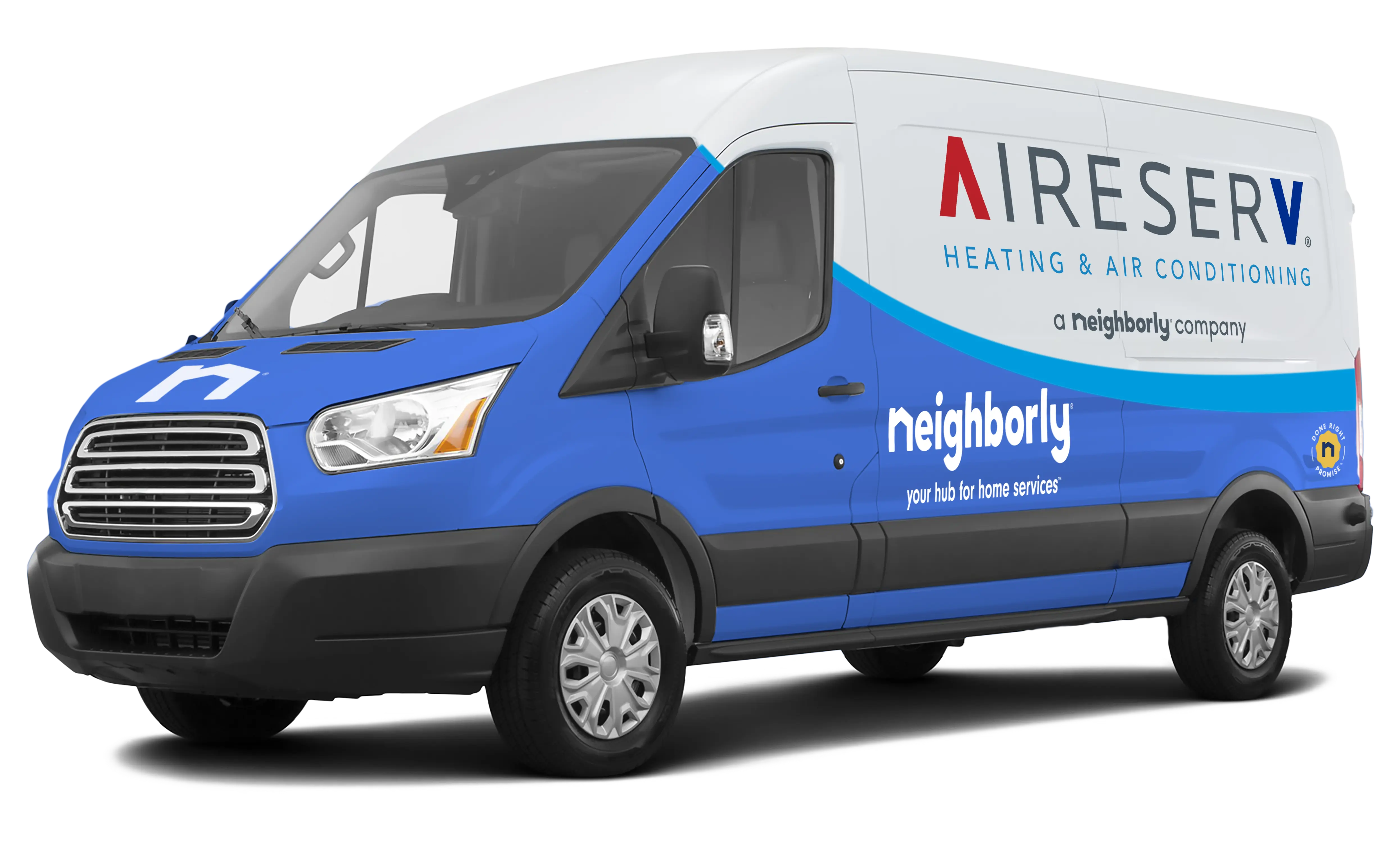Late summer in Northeast Ohio often brings sudden storms, high winds, and heavy rainfall. While these storms may not be hurricanes, they can still put significant stress on your HVAC system. Outdoor units are particularly vulnerable to wind, debris, and water intrusion, which can compromise performance and lead to costly repairs.
By taking proactive steps before, during, and after storms, you can protect your HVAC system, maintain comfort, and prevent expensive damage.
1. Pre-Storm HVAC Preparation
Preparation is key to minimizing storm-related damage:
- Inspect the outdoor unit: Remove debris, trim nearby branches, and ensure it’s clear of obstructions.
- Secure panels and components: Tighten screws and fasten loose parts to prevent damage from wind.
- Check the drainage system: Ensure condensate lines are clear to prevent water backup during heavy rain.
Proactive preparation reduces the likelihood of breakdowns during severe weather.
2. Surge Protection
Electrical surges are common during storms:
- Install a whole-home surge protector to protect your AC and furnace.
- Consider dedicated surge protection for your outdoor condenser unit.
- Avoid turning your HVAC system back on immediately after flooding or lightning strikes until it’s inspected.
Surge protection can prevent costly electrical damage and extend the life of your HVAC system.
3. Securing Outdoor Areas
Flying debris can severely damage HVAC equipment:
- Move lightweight outdoor furniture, grills, or decorations indoors.
- Trim trees and remove weak branches that could fall during strong winds.
- Check fencing and landscaping elements for stability.
Reducing the risk of flying objects protects your outdoor condenser and other equipment.
4. Post-Storm Inspection
After a storm, thorough inspection ensures safe and efficient operation:
- Check the outdoor unit for bent fins, damaged coils, or loose panels.
- Examine ductwork and vents for water intrusion or debris.
- Test the system for unusual sounds, odors, or inconsistent airflow.
Early post-storm inspections catch minor issues before they become major repairs.
5. Ductwork and Indoor Air Quality
Storms can increase indoor moisture levels, affecting air quality:
- Inspect basements, crawlspaces, and attics for signs of water damage or mold.
- Ensure vents and returns are clear of debris or moisture buildup.
- Consider portable dehumidifiers in high-humidity areas to protect ducts and maintain comfort.
Maintaining proper duct conditions ensures your AC delivers clean, cool air efficiently.
6. Safety Considerations
Storms pose risks beyond HVAC damage:
- Avoid standing water near electrical equipment.
- Do not attempt DIY repairs if water has entered your system.
- Ensure carbon monoxide detectors are working if using backup generators during power outages.
Safety should always come first when handling storm-related HVAC concerns.
7. Year-Round Storm Preparedness
Even outside of peak storm season, proactive measures protect your investment:
- Schedule regular HVAC maintenance to identify vulnerabilities.
- Keep the outdoor unit clear of long-term obstructions.
- Ensure your home is properly sealed to prevent moisture and wind intrusion.
A well-maintained system is better equipped to withstand summer storms.
Final Thoughts
Late-summer storms in Northeast Ohio may not be hurricanes, but they can still impact your HVAC system. By preparing your outdoor unit, installing surge protection, securing outdoor areas, inspecting after storms, monitoring ductwork, prioritizing safety, and maintaining your system year-round, homeowners can reduce damage risk, maintain comfort, and prevent costly repairs.
Proactive storm preparation ensures your HVAC system continues to operate efficiently, keeping your home safe and comfortable no matter what summer weather brings.

